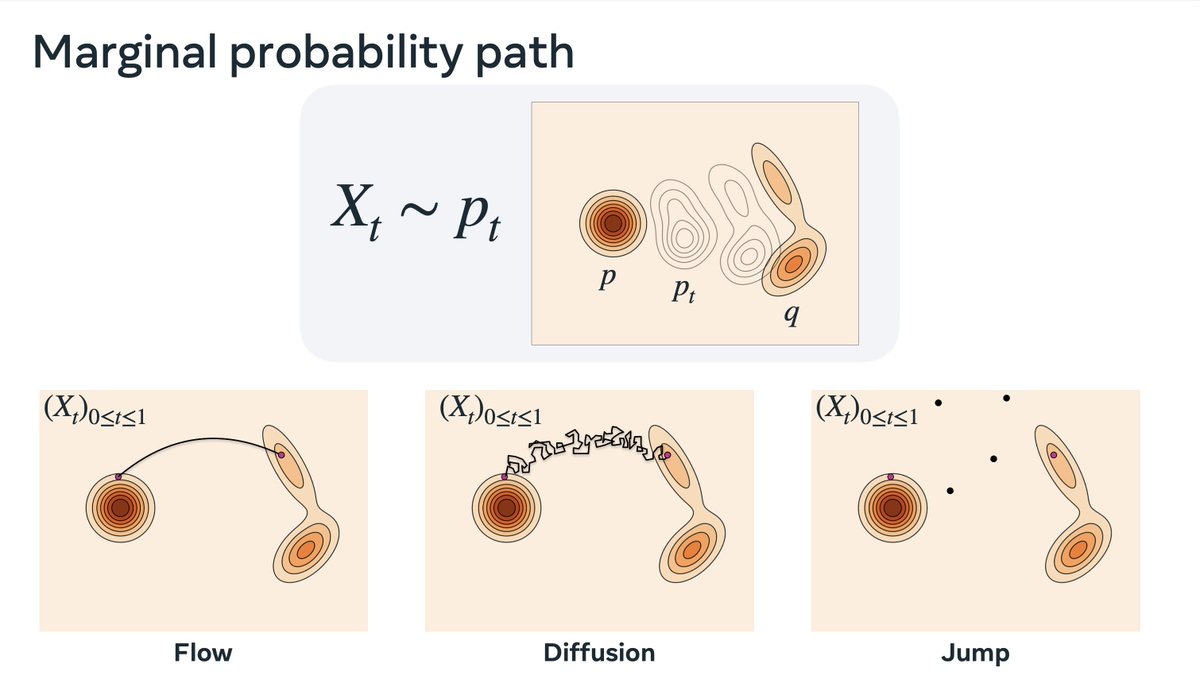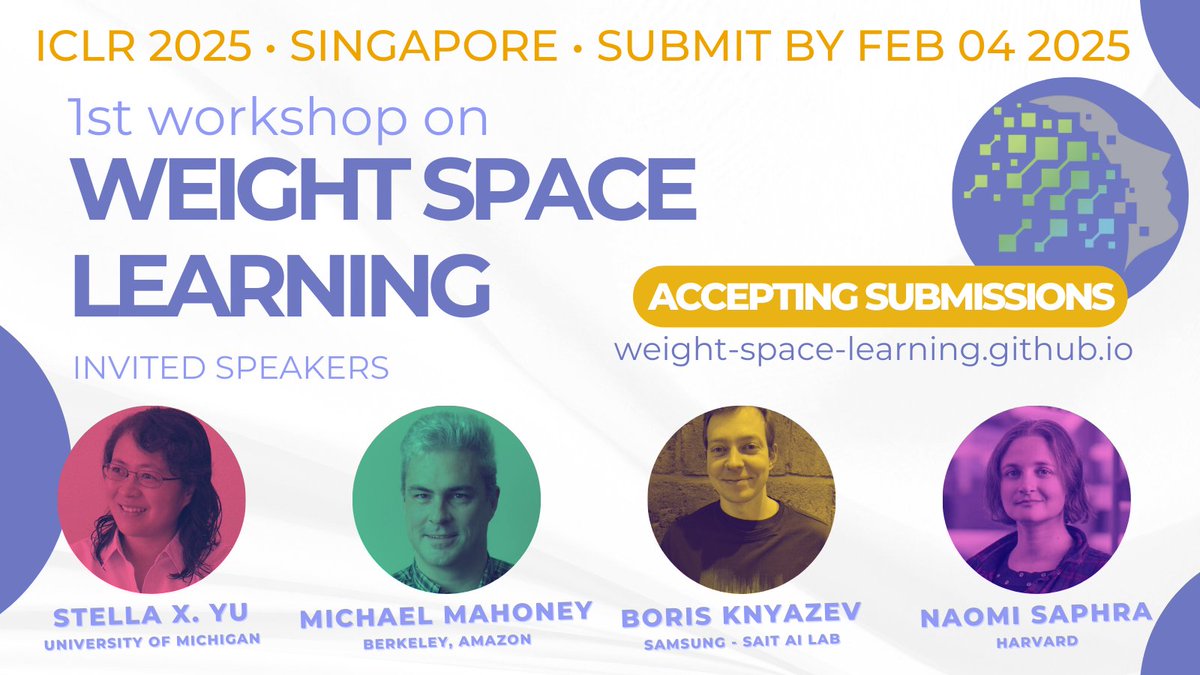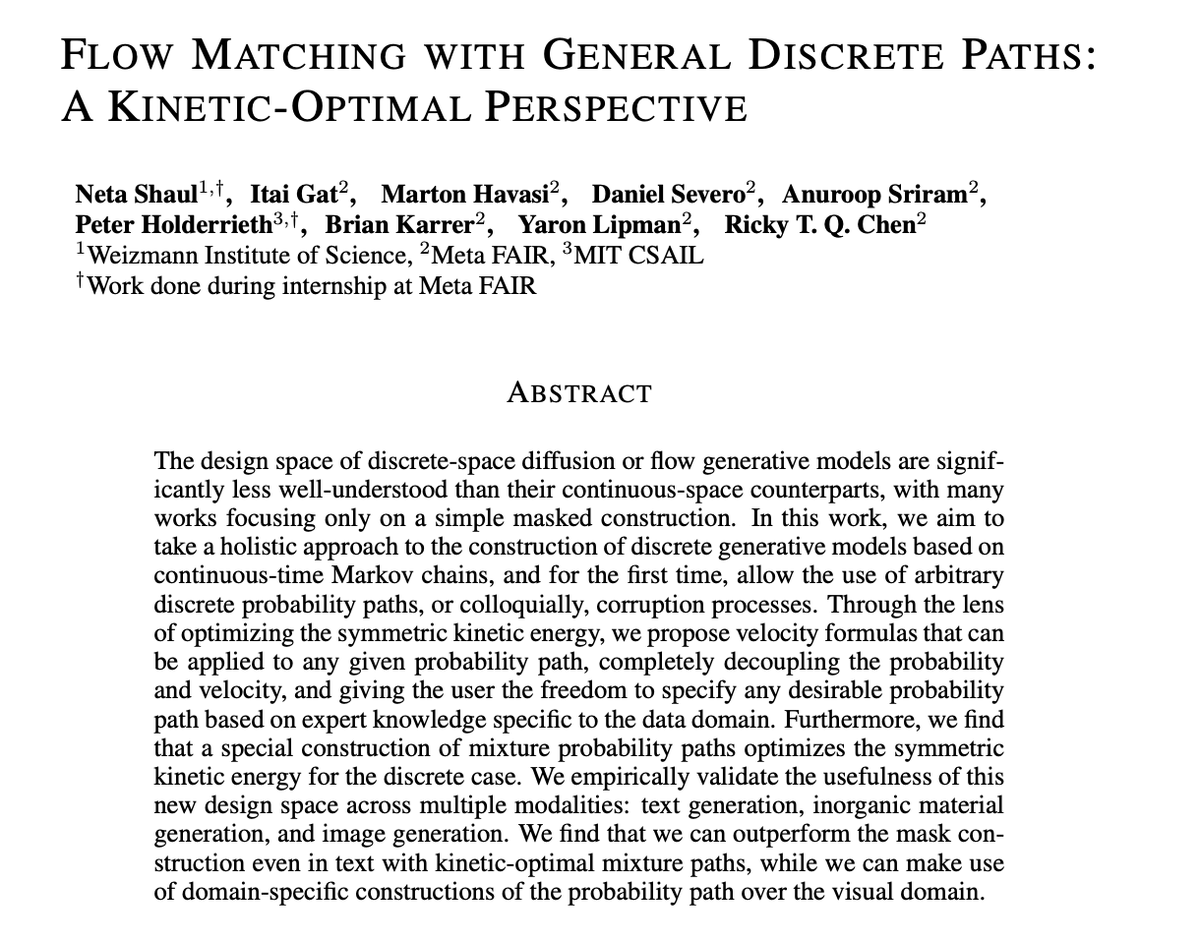
Heli Ben-Hamu
@helibenhamu
PhD Student @WeizmannScience.
Deep Learning. Generative Modeling. Graph ML.
ID: 1049634262918541312
http://helibenhamu.github.io 09-10-2018 12:14:44
134 Tweet
610 Takipçi
403 Takip Edilen




We're presenting FoldFlow-2 right now! Come check it out in West Ballroom poster # 7210 Alex Tong Mila - Institut québécois d'IA Michael Bronstein Guillaume Huguet @FatrasKilian







Our **Flow Matching Tutorial** from #NeurIPS2024 is now publicly available: neurips.cc/virtual/2024/t… Heli Ben-Hamu Ricky T. Q. Chen





Excited to share our recent work on corrector sampling in language models! A new sampling method that mitigates error accumulation by iteratively revisiting tokens in a window of previously generated text. With: Neta Shaul Uriel Singer Yaron Lipman Link: arxiv.org/abs/2506.06215



[1/n] New paper alert! 🚀 Excited to introduce 𝐓𝐫𝐚𝐧𝐬𝐢𝐭𝐢𝐨𝐧 𝐌𝐚𝐭𝐜𝐡𝐢𝐧𝐠 (𝐓𝐌)! We're replacing short-timestep kernels from Flow Matching/Diffusion with... a generative model🤯, achieving SOTA text-2-image generation! Uriel Singer Itai Gat Yaron Lipman


Excited to release AlgoTune!! It's a benchmark and coding agent for optimizing the runtime of numerical code 🚀 algotune.io 📚 algotune.io/paper.pdf 🤖 github.com/oripress/AlgoT… with Ofir Press Ori Press Patrick Kidger Bartolomeo Stellato Arman Zharmagambetov & many others 🧵

Somewhat dissatisfying that the predominant usage of "world model" is restricted to videos. Beyond just photons, a true foundation model of the world should model arbitrary physics. Very excited to introduce PhysiX co-led by my students Tung Nguyen , Arsh Koneru, Shufan (Jack) Li .






